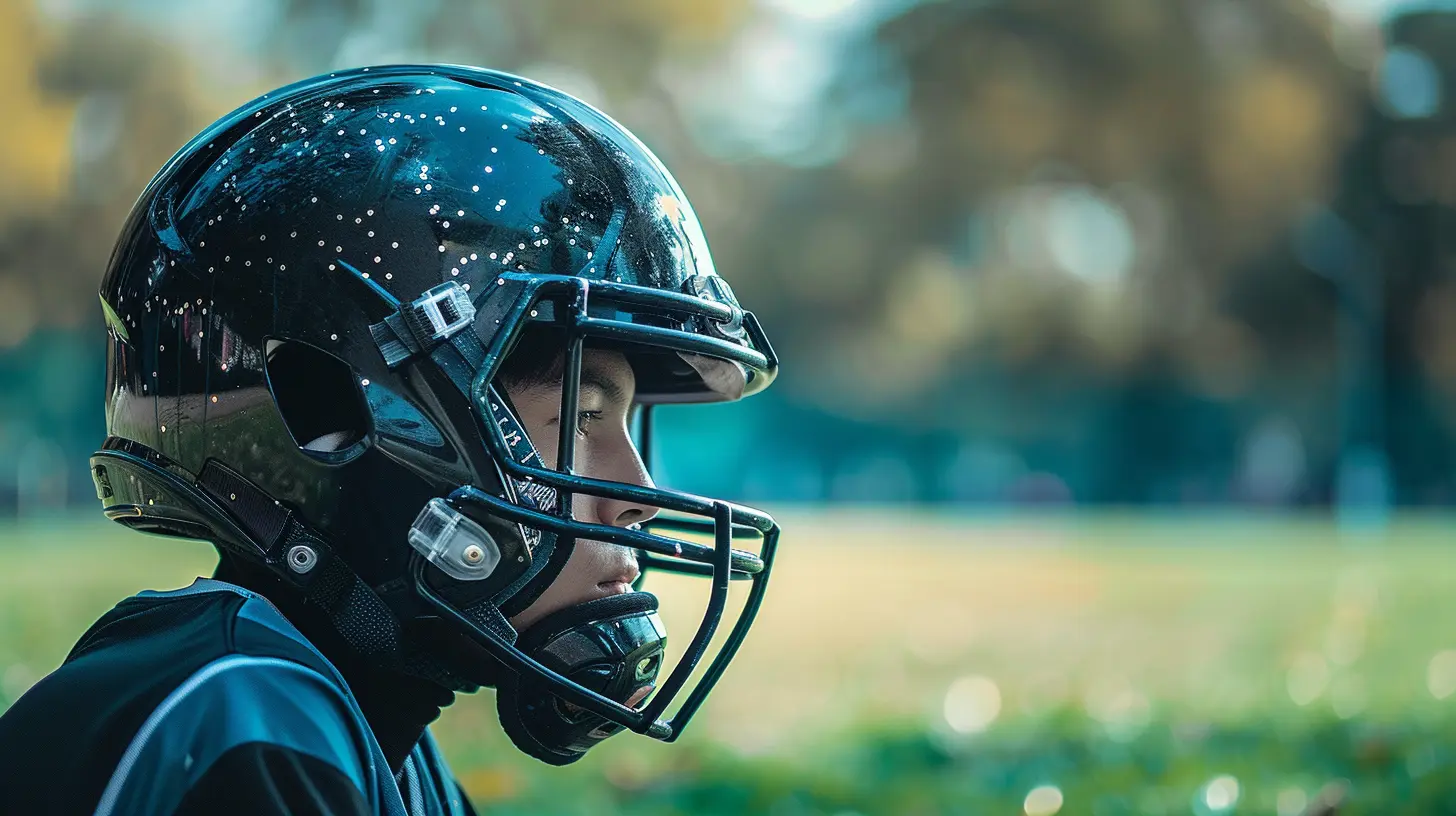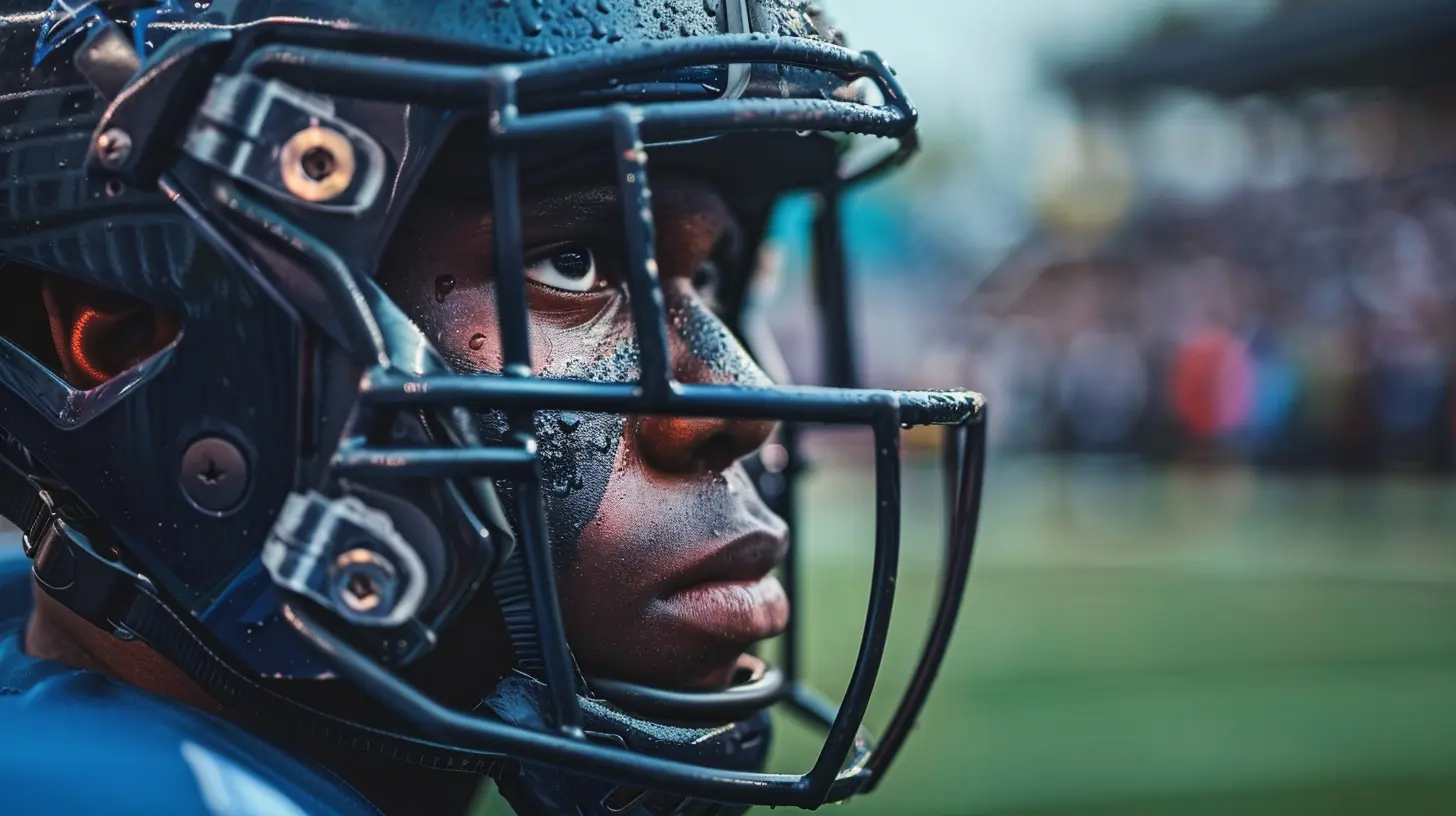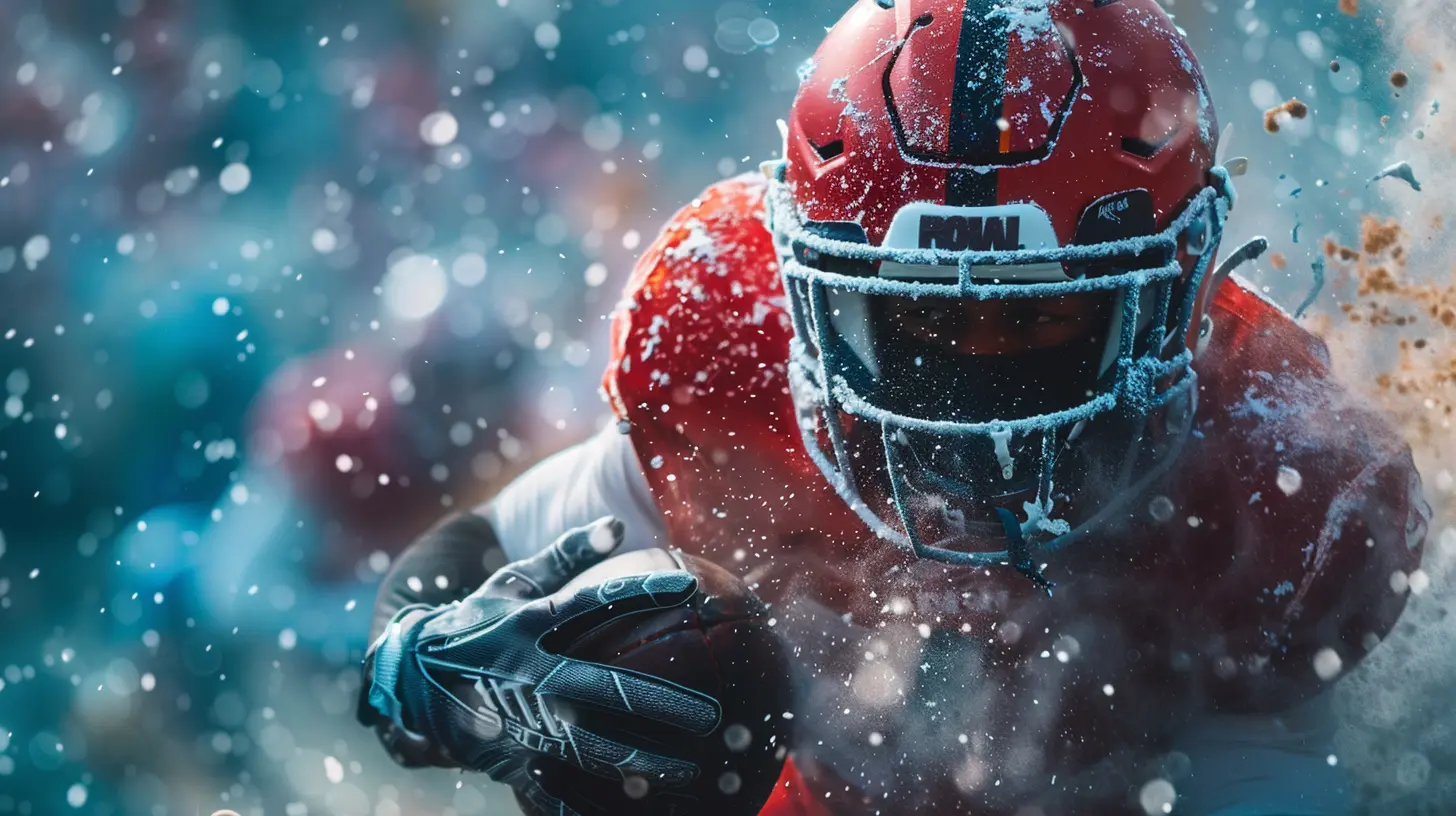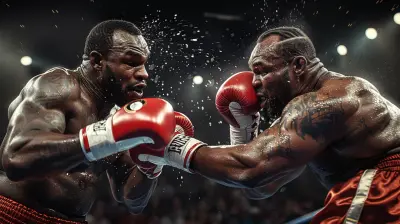How Smart Helmets Are Boosting Safety in Contact Sports
11 November 2025
Let’s face it—contact sports are thrilling, intense, and downright addictive for both athletes and fans. But they also come with a not-so-fun downside: injuries. And we’re not just talking about scrapes and bruises. We're talking concussions, traumatic brain injuries, and long-term health problems that can follow players even after they’ve left the game behind.
Now, technology is stepping in to play defense. Enter smart helmets—a high-tech upgrade to traditional protective gear that’s making waves in the world of sports. Whether you’re a die-hard football fan, a weekend hockey player, or a parent worrying about your kid’s safety on the field, this one's for you.
So, grab your metaphorical chin strap—we're diving into how smart helmets are boosting safety in contact sports.
What Are Smart Helmets?
Think of a regular helmet as a basic shield—it protects, but it can’t do much more. A smart helmet, on the other hand, is like Iron Man’s suit. It’s loaded with tech—sensors, accelerometers, and even GPS in some cases—that turns it into a data-gathering machine.These helmets track everything from head impacts to player movement. They don’t just sit on your head looking pretty; they constantly monitor what’s happening during the game or practice, alerting coaches, trainers, and even players themselves when something’s off.
Smart helmets are being used across various contact sports like football, hockey, rugby, and even cycling. And trust me, they’re changing the game—literally.
The Real Problem: Head Injuries in Sports
Let’s talk about the elephant in the room.Head injuries are a serious issue in contact sports. Concussions, which often come from repeated blows to the head or significant single impacts, have lifelong effects. Memory loss, depression, chronic traumatic encephalopathy (CTE), and stunted motor function are just a few of the scary outcomes.
And here’s the kicker: A lot of the time, these injuries go unnoticed. Athletes often shake off the impact, thinking “I’m fine,” while serious damage brews underneath. Coaches and trainers may not catch it right away either, especially in the heat of the game.
That’s where smart helmets come in—to serve as an early warning system and a watchdog.
How Smart Helmets Actually Work
Alright, let’s break this down.Smart helmets are equipped with specialized sensors—usually accelerometers and gyroscopes—that can detect the intensity and direction of head impacts in real time. These sensors send data wirelessly to a paired device—like a tablet or smartphone—monitored by coaches or medical staff.
Here’s what they do:
- Measure G-Forces: They measure the force of impact, which is key in figuring out potential concussions.
- Track Impact Location: Knowing where the hit happened (front, back, side) helps in diagnosing and managing head injuries.
- Instant Alerts: When the helmet detects a dangerous level of impact, it sends an alert right away.
- Data Storage & Analysis: Stats are stored for future reference, helping track an athlete’s exposure over time.
It’s like FitBit meets Tony Stark’s lab—only for your noggin.
Sports That Are Embracing Smart Helmet Technology
You might be surprised by how many sports are jumping on board the smart helmet train:🏈 Football
The NFL, NCAA, and even high schools are rolling out smart helmets to monitor player safety. Brands like Riddell and VICIS are integrating tech that flags high-risk impacts and gathers long-term data.🏒 Hockey
Hockey’s fast pace and frequent collisions make smart helmets a valuable addition. Companies like Bauer are incorporating impact sensors to identify concussion risks in real-time.🏉 Rugby
Rugby traditionally doesn't involve helmets, but newer headgear tech is making its way into training sessions to monitor player safety.🚴♂️ Cycling
Smart helmets in cycling often include crash detection and GPS, alerting emergency services in case of major spills. Think of it as a guardian angel on wheels.The Big Benefits of Smart Helmets
So, why all the hype? Let’s unpack the advantages:1. Real-Time Injury Detection
Imagine a linebacker takes a hit and staggers a bit—but keeps playing. With a smart helmet, the moment that dangerous impact is detected, it sends an alert to the sidelines. Medical professionals can immediately assess the situation instead of waiting for symptoms to show up.2. Long-Term Health Tracking
Repeated smaller hits can be just as dangerous as one big one. Smart helmets track cumulative impacts over time, helping coaches know when it’s time to rest a player or tweak their training load.3. Better Coaching Decisions
Data gathered from smart helmets gives coaching staff deeper insights into training intensity, individual vulnerability, and how to reduce unnecessary risks—all of which adds a layer of strategy to injury prevention.4. Peace of Mind for Parents
For youth sports, this tech provides a safety net. Parents know there’s a system in place to catch dangerous impacts early, adding a sense of comfort every time their child steps onto the field.5. Enhanced Rule Changes and Safety Guidelines
When patterns in injuries are identified using data from smart helmets, governing bodies can create better, more informed rules to protect athletes.Not Just a Gadget—A Gamechanger
Let’s not downplay this. Smart helmets aren't just fancy add-ons; they're potentially lifesaving tools. We’re stepping into an era where science and innovation are finally catching up with the physical demands of sports.It’s like upgrading from a flip phone to a smartphone—sure, they both make calls, but only one can reply with a GIF and book an Uber.
Real-World Success Stories
Here’s where things get juicy.The NFL's Riddell Smart Helmets
Riddell introduced the “InSite” system which sends an alert via Bluetooth to a handheld device when a player receives a high-impact hit. Some high school programs have seen reduced concussion rates due to better monitoring and quicker responses.VICIS Zero1 Helmet
Loved for both its protective design and impact-tracking tech, the Zero1 has become a top choice in pro and college football. Its outer shell slightly deforms on impact—absorbing energy like a car bumper.Hockey's Bauer NeuroShield
Bauer's impact tracking tech, paired with neck sensors, helps measure rotational force and linear acceleration—key factors in identifying risky situations.Are There Any Drawbacks?
Nothing's perfect, right?So, what’s the catch?
- Cost: These helmets aren’t cheap. Outfitting an entire team can cost thousands of dollars.
- Learning Curve: Coaches and trainers need time to learn how to interpret the data correctly.
- Battery Life and Durability: Some early models struggled with charging issues or malfunctions, especially in rough-weather conditions.
But honestly? These are growing pains. As the tech evolves, so will its reliability and affordability.
The Future of Smart Helmets
We're just scratching the surface here. The future? It’s looking sci-fi level cool.We’re talking about:
- AI-Powered Predictive Analysis: Using machine learning to predict injuries before they even happen.
- VR Integration for Safer Training: Combining helmets with virtual reality to simulate hits and improve tackling technique.
- Voice & Biometrics Monitoring: Detecting abnormalities in speech or vital signs after a hit could become standard.
The bottom line? Smart helmets won’t just react—they’ll anticipate.
What It All Means for Athletes
At the end of the day, players just want to play. They shouldn’t have to choose between passion and personal safety.Smart helmets bridge that gap. They’re the perfect blend of protection and performance, bringing peace of mind to athletes, coaches, and parents alike. It’s not about bubble-wrapping sports; it’s about making them smarter, safer, and more sustainable.
Final Thoughts
We live in an age where you can order coffee with your watch, stream movies in your car, and talk to a fridge. So why should helmets—one of the most crucial pieces of sports gear—stay stuck in the past?Smart helmets are more than a trend; they’re a turning point. They're helping us protect the heart and soul of sports—the players. And as the tech keeps getting sharper, contact sports might just become safer than ever before.
So next time you’re watching a game and see a hard hit, just know: behind the scenes, a smart helmet might be the unsung hero saving the day.
all images in this post were generated using AI tools
Category:
Sports InnovationsAuthor:

Umberto Flores
Discussion
rate this article
1 comments
Adria Lewis
Great insights! Smart helmets could revolutionize player safety and minimize injury risks in contact sports significantly.
November 25, 2025 at 5:13 AM

Umberto Flores
Thank you! I'm glad you found the insights valuable. Smart helmets indeed have the potential to transform player safety in contact sports.


